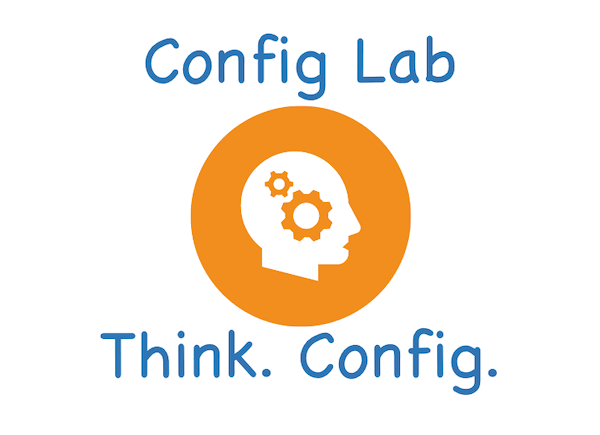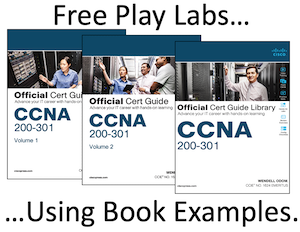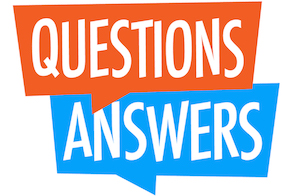The Q&A menu bar item lists a large variety of practice exercises. By volume, there are more multichoice Question and Answer posts than any other type. The different types exist because the need arose over the years. Many of those relate to the math required for IPv4 and IPv6 addressing, for IP ACLs, or for topics like Spanning Tree that just need more practice than other topics.
I have two suggestions for how to learn more. First, click the Q&A menu item and click around to see the various types. Alternately, click the “CCNA Vol 1” and “CCNA Vol 2” menu items and select a book part or chapter. Those menu items will show you all posts related to that part or chapter of the book, and you may see different types of posts to explore.




